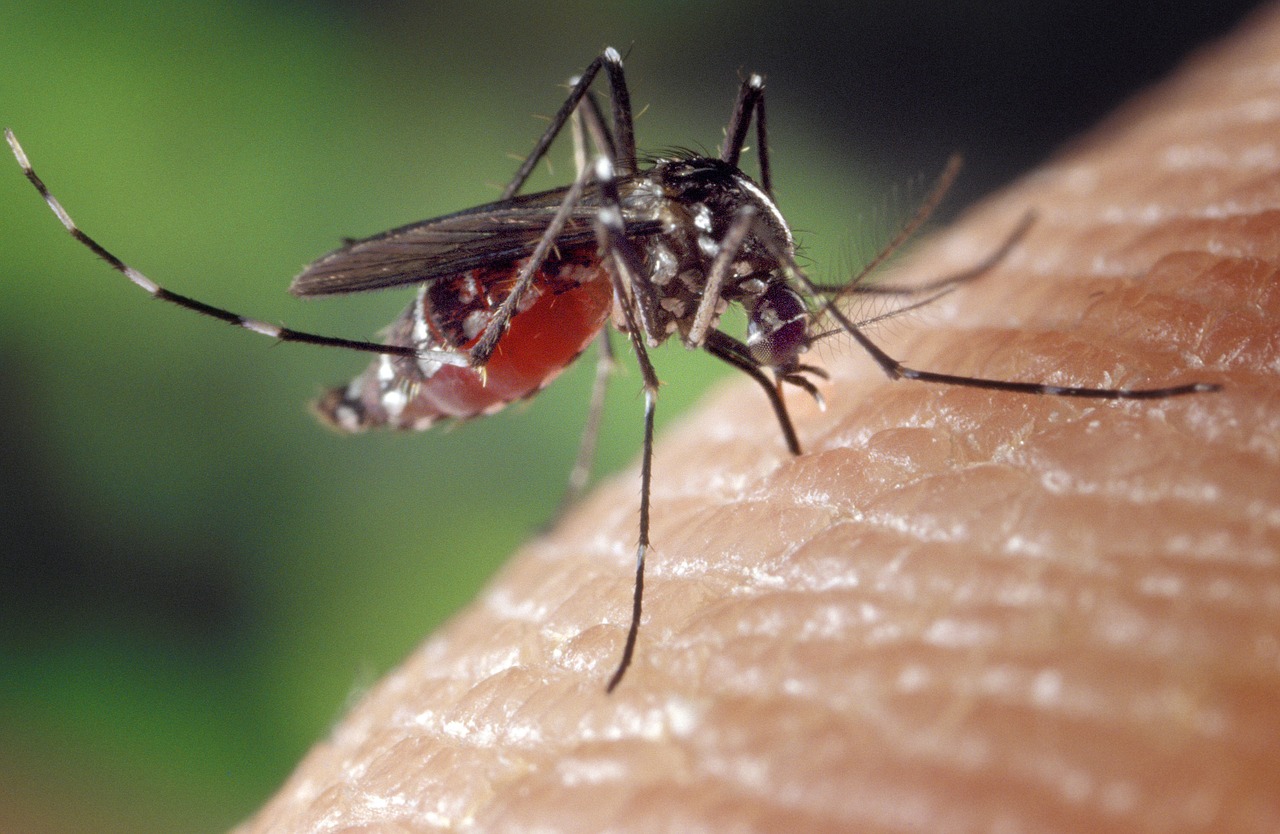
The 2014-2016 outbreak of Zika virus in the Pacific region and the Americas infected millions of people and left behind a devastating legacy. Infection with Zika virus has been tied to birth defects such as microcephaly, as well as other complications such as paralysis from the autoimmune disease known as Guillain-Barré Syndrome (GBS).
While scientists have suggested that Zika virus is sometimes transmitted sexually or from mother to offspring, the virus is primarily transmitted by the bites of infected mosquitoes. The yellow fever mosquito (Aedes aegypti) is considered to be responsible for most Zika virus infections. However, the ability of another mosquito, the Asian tiger mosquito (Aedes albopictus), to transmit Zika virus has also been in question.
The tiger mosquito, named after the bright white stripes that adorn its legs and body, is considered one of the most invasive species in the world, with an ever-expanding range that now includes every continent but Antarctica and stretches as far north as Canada. This mosquito lays its eggs in human-made containers, such as used tires and flowerpots, and is thus a common backyard pest responsible for ruining many summer barbecues and backyard birthday parties.
The tiger mosquito has recently been implicated in outbreaks of viruses such as dengue fever and chikungunya in regions like Southern Europe and East Asia, outside the range of the yellow fever mosquito. The ability of the tiger mosquito to transmit Zika virus has been suspected and studied since 2013, however, until now no quantitative assessment of these studies has been published.
Our review analyzes previous studies from around the world and concludes that nearly all populations of the tiger mosquito have some ability to transmit Zika virus, although the strength of that ability varies depending on where the mosquito is from and with what strain of Zika virus it is infected. Our findings suggest that tiger mosquitoes from East Asia and Oceania have the greatest ability to transmit Zika virus and that Zika virus strains from Africa have the greatest potential to be transmitted by tiger mosquitoes. Our findings may help governments and public health organizations around the world make informed decisions when combating outbreaks of the virus, as well as when considering whether and how to implement bio-control strategies to prevent importation of mosquitoes and viruses from other regions.
In an era of globalization, when humans, our trade goods, and all the pests, parasites, and viruses that are associated with us are constantly moving around the world, it is important to understand how these movements may affect human health and global disease dynamics. Under the right conditions, one person infected with the African strain of Zika virus visiting an area populated by East Asian mosquitoes could be all it takes to set off another outbreak comparable to the 2014-2016 outbreak of Zika virus.
These findings could mean that much more of the world is at risk from Zika virus than was previously thought, although other studies point to elements such as a temperature-dependent adult mosquito survival, development rates, and viral incubation rates which may prevent the establishment of Zika virus in more temperate climates.
While the expansion of the tiger mosquito and the pathogens associated with it seems almost inevitable, people around the world are working to understand and to fight this tenacious mosquito. Now is the time for governments and researchers to pull together and check the advance of the tiger.
These findings are described in the article entitled Aedes albopictus is a competent vector of Zika virus: A meta-analysis, recently published in the journal PLOS One.









